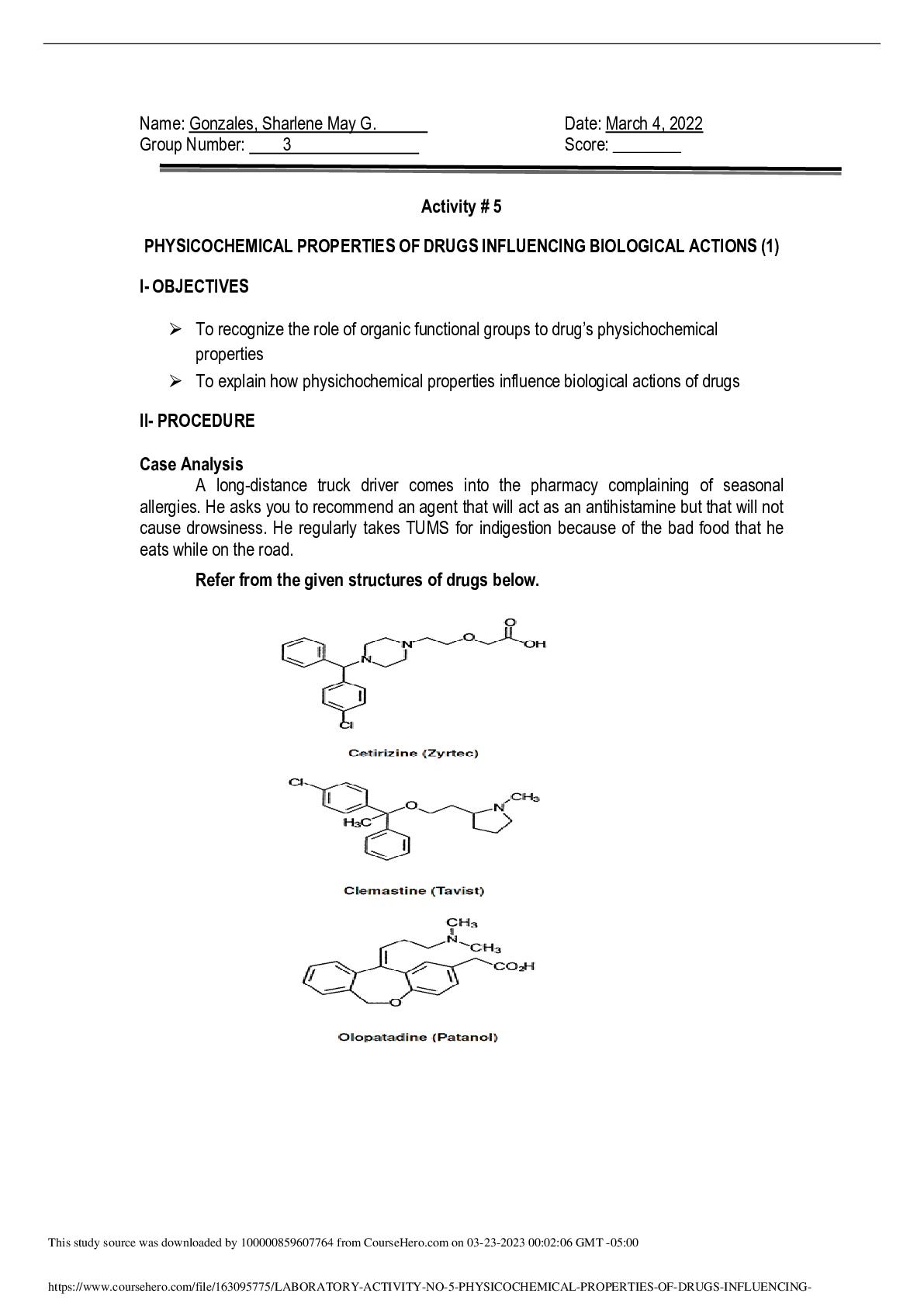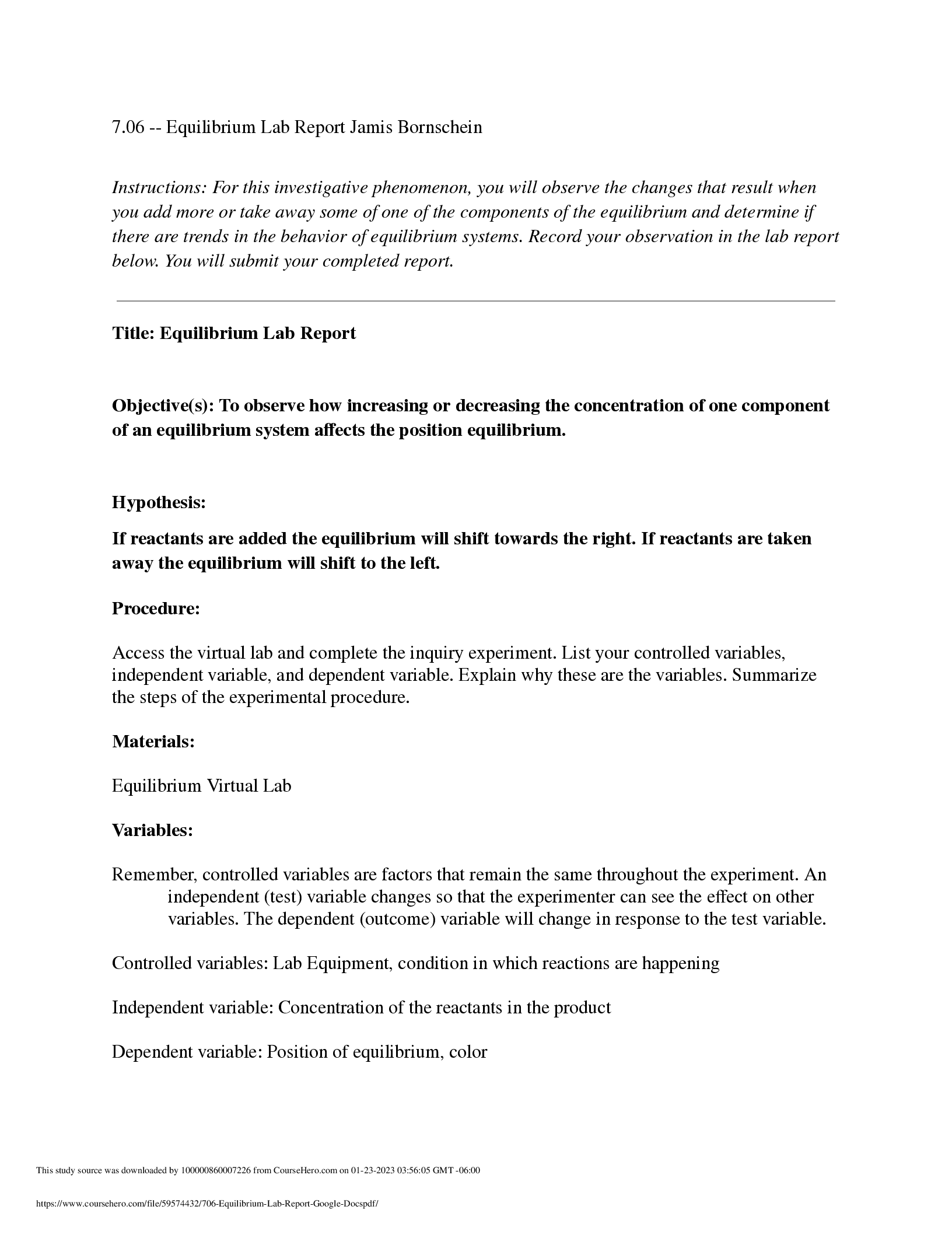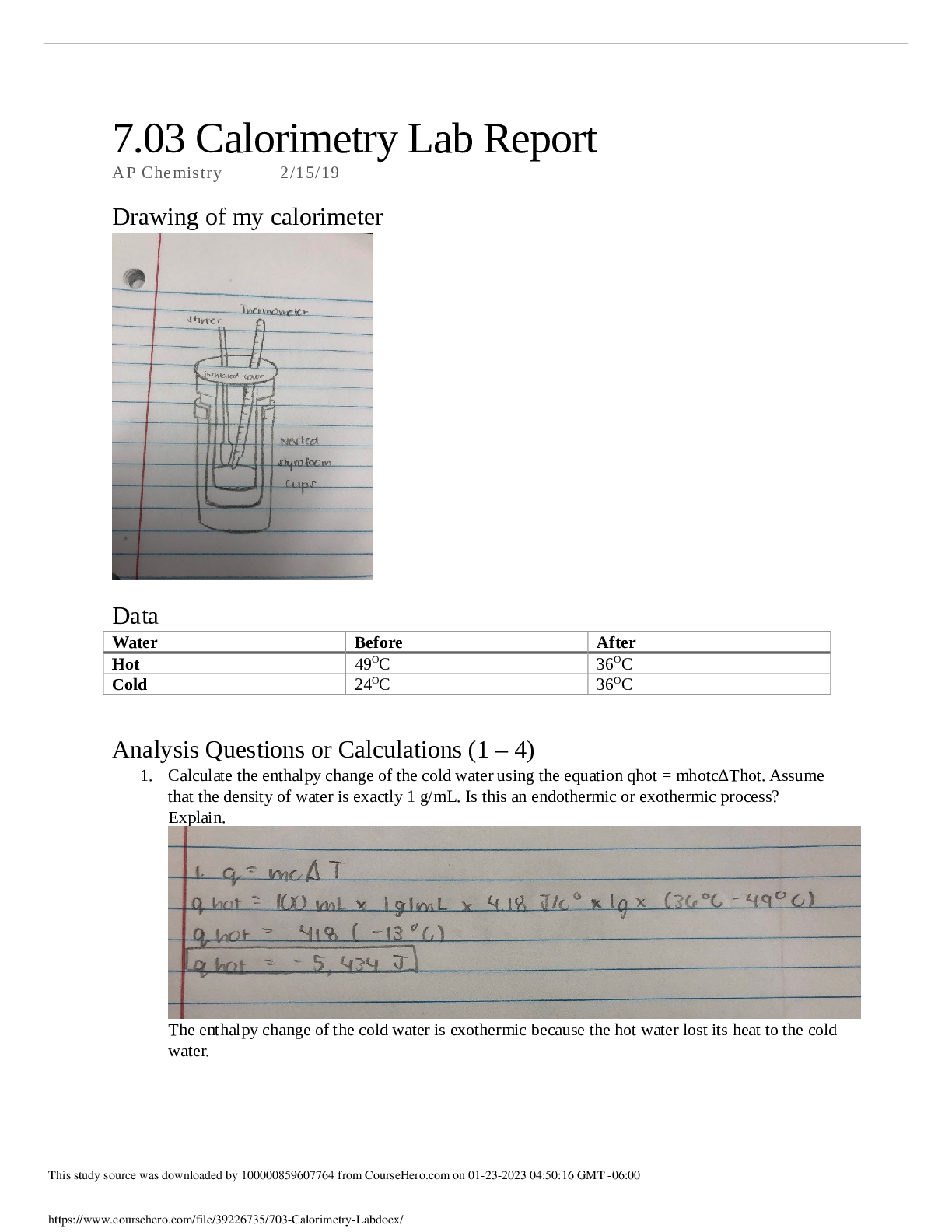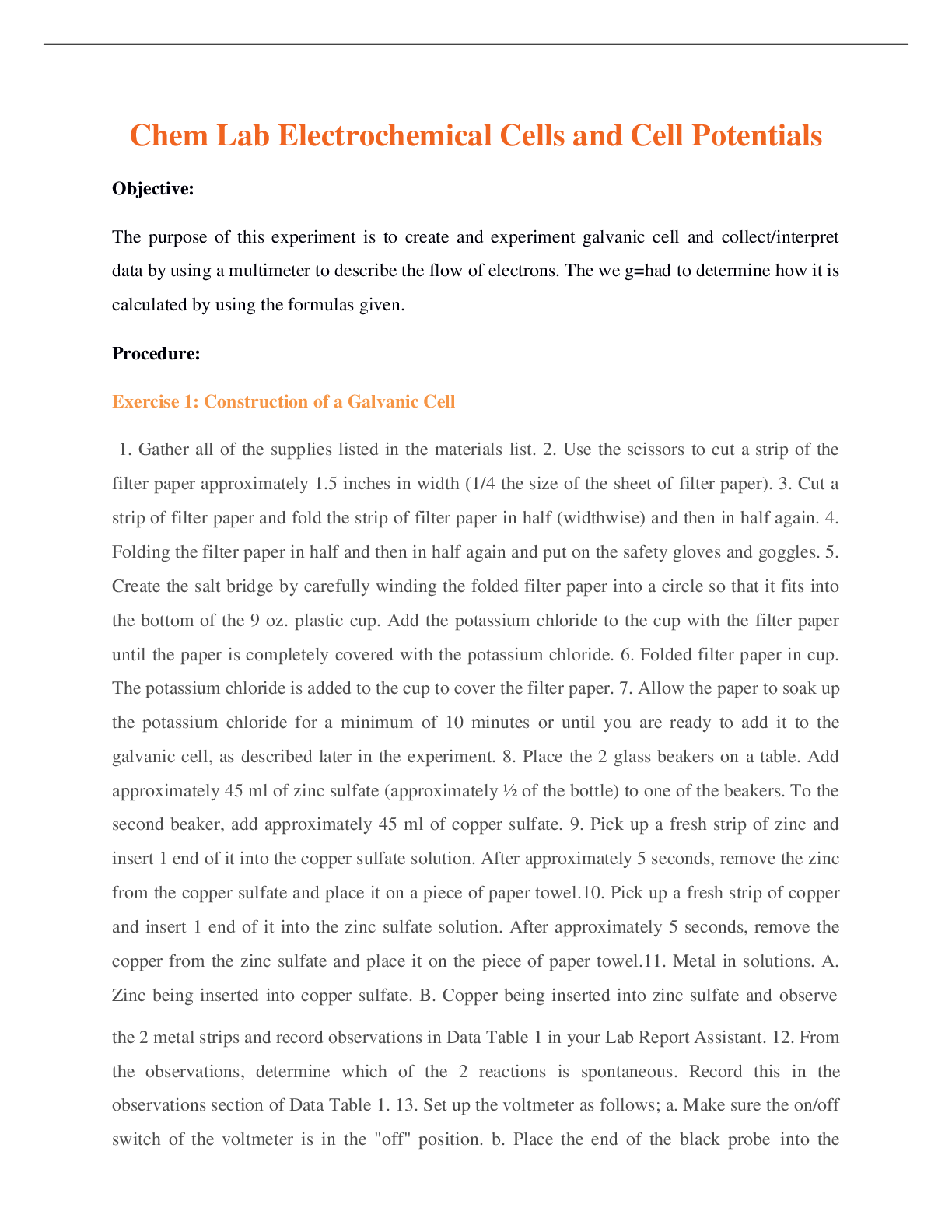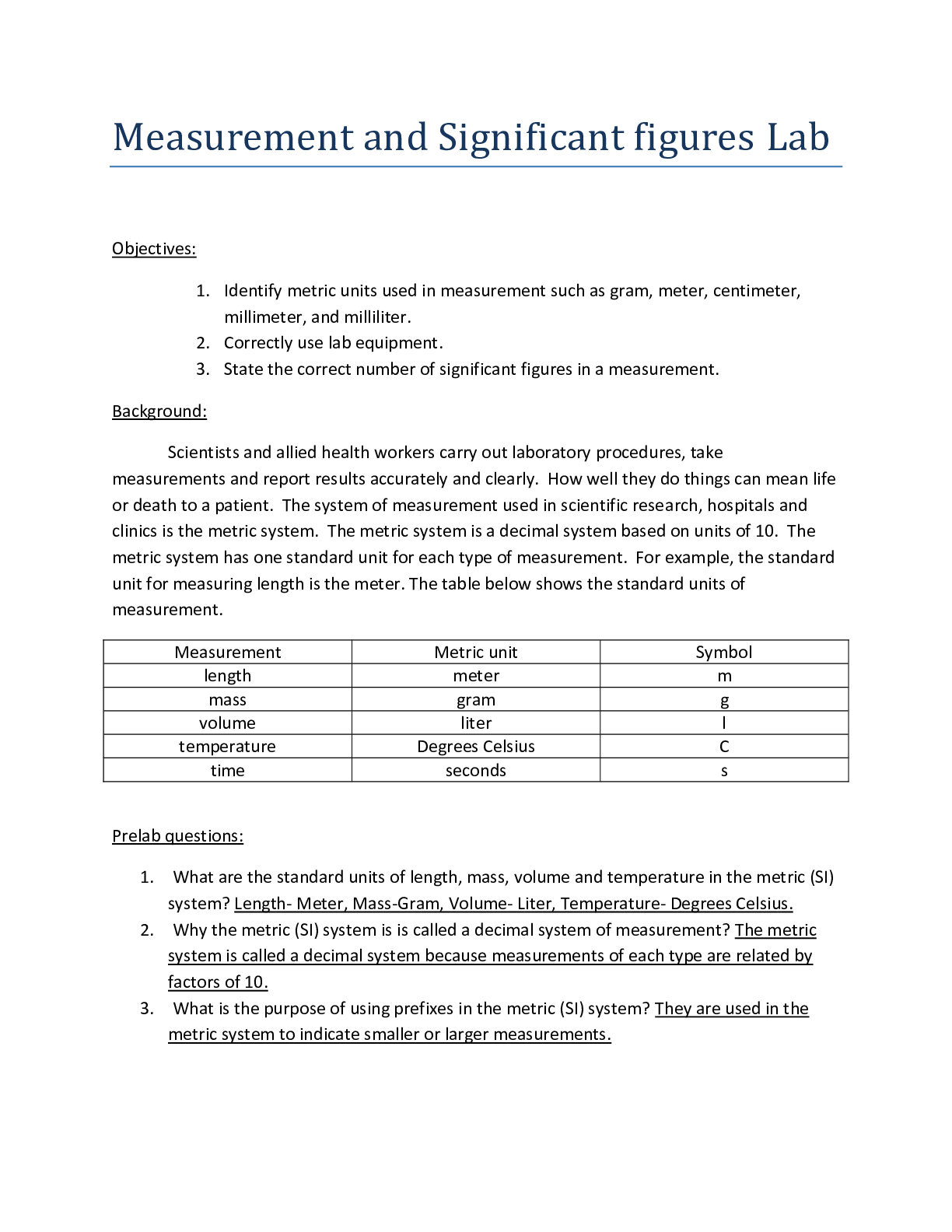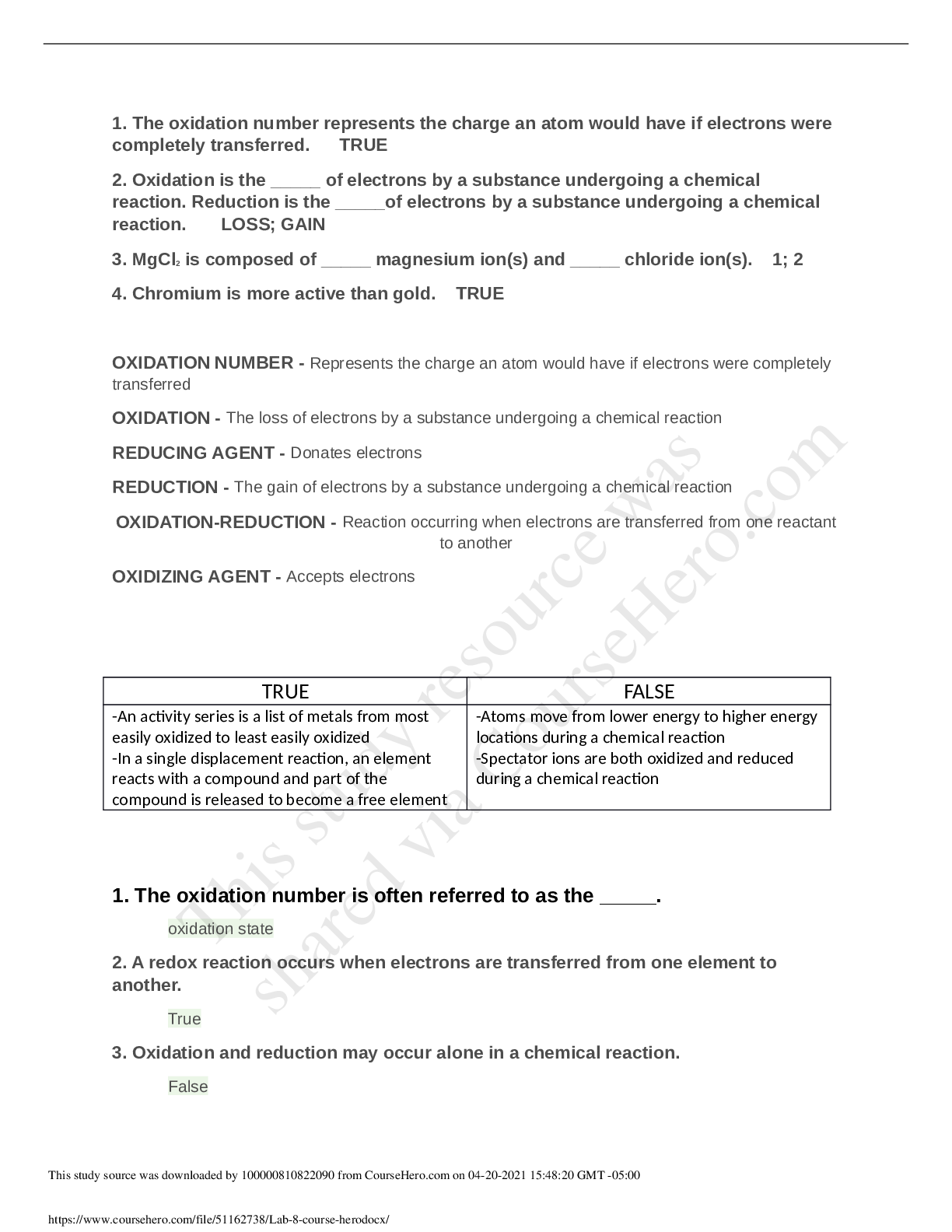Chemistry > Lab Report > Electrochemistry_Report_Gradescope University of Washington, Seattle - CHEM 162 (All)
Electrochemistry_Report_Gradescope University of Washington, Seattle - CHEM 162
Document Content and Description Below
CHEM 162 Experiment #2: Electrochemistry Goals of this lab: Evaluate student-assembled half cells by measuring the potential versus a silver/silver chloride electrode (Ag/AgCl) reference electr... ode. Compare the experimental half cell potentials measured versus a silver/silver chloride electrode (Ag/AgCl) to literature values measured versus the standard hydrogen electrode (SHE). Identify which half cell in each combined pair is the cathode and which is the anode based on experimental set-up and data collected. Predict potentials that will result from connecting specific combinations of studentassembled half cells. Analyze the effect of connecting half-cells with non-standard concentrations. Assemble a battery with a specific target potential. Assess the accuracy of experimental data and identify sources of error. Your lab report will be graded on the following criteria using a poor/good/excellent rating system: Observations made in lab are careful and accurate. Unexpected or unusual results are repeated to ensure accuracy. All calculations are clear and accurate, with proper use of significant figures, units, etc. Predictions and conclusions in the lab are reasonable given data gathered. Error analysis is well-supported and valid. The lab report is completed neatly with legible handwriting and calculations shown in detail. By signing below, you certify that you have not falsified data, that you have not plagiarized any part of this lab report, and that all calculations and responses other than the reporting of raw data are your own independent work. Failure to sign this declaration will result in 5 points being deducted from your lab score. Signature: ________________________________________ This lab is worth 60 points: 10 points for notebook pages, 50 points for the lab report (Do NOT include your notebook pages when you scan your report for upload into Gradescope.) Page 1 of 4DATA AND CALCULATIONS Part I: Standard Potentials Standard Potentials vs. Silver/Silver Chloride Reference Electrode Cell Number Potential, V Cathode Anode (Metal) vs. Ag/AgCl Electrode Electrode (spontaneous rxn) 1 (Ag) 2 (Zn) 3 (Pb) 4 (Cu) Cell # 1 2 3 4 Zinc (#2) and Lead (#3) Expected Ecell (V) based on YOUR Eo values Actual value of your measurement (V) Oxidation Half-reaction: Reduction Half- reaction: Spontaneous Reaction (between each half cell and Ag/AgCl reference) Calculate the expected potential based on YOUR measured Eo values: 1) Using the data from Table 2.1 in the lab manual, calculate the expected Eo value for the Cu2+/Cu - Ag/AgCl cell. 2) Using your measured potential for the Cu2+/Cu cell and the literature value for the standard reduction potential for the Ag/AgCl reference electrode, calculate the expected potential for the spontaneous reaction between your Cu2+/Cu electrode and a standard hydrogen eletrode. Copy the expected potential value in the box provided at the top of pg 4. Calculate the % error between this value and the literature value of 0.34 V and copy the % error value in the box provided at the top of pg 4. Page 2 of 4Summary of Half-Cell Potentials (copy the values from second column at top of page 2). Ag Zn Pb Cu Potential vs Ag/AgCl (for spontaneous reactions) Part II: Batteries 1st Half Cell 2nd Half Cell Cell Potential Expected battery potential: Cell #1 Cell #2 Cell/Line Notation for each cell making up the battery with voltage greater than +1.7V (include correct concentrations in the cell/line notation) Part III: Concentration Effects Copper Concentration Cell (half cells #4 and #5) Potential, V Expected Potential, V Write out the spontaneous reaction: Measured Calculated (not cell/line notation) Preparing a Cell with a Specific Overall Potential (give cell/line notation including correct concentrations) TA initials: N/A Target potential (V): Actual value of your measurement (V): Copy the expected and measured potential values in the boxes provided at the top of pg 4. Which two cells (combination of two half cells), when added together in series to assemble a battery, will result in a total potential >1.7 V? Enter the atomic symbol for the metal that is in the half cell; also report the cell combinations in the data summary section at the top of pg 4. Measured potential for the battery you assembled: Using the Nernst equation, determine which half cell's metal-ion solution needs to be diluted in order to give a voltage of exactly 0.50 V (or your assigned target potential) and what the final concentration of the diluted solution should be. Using the Nernst equation, calculate the expected cell potential once half cells #4 and #5 are combined. [Show More]
Last updated: 1 year ago
Preview 1 out of 4 pages
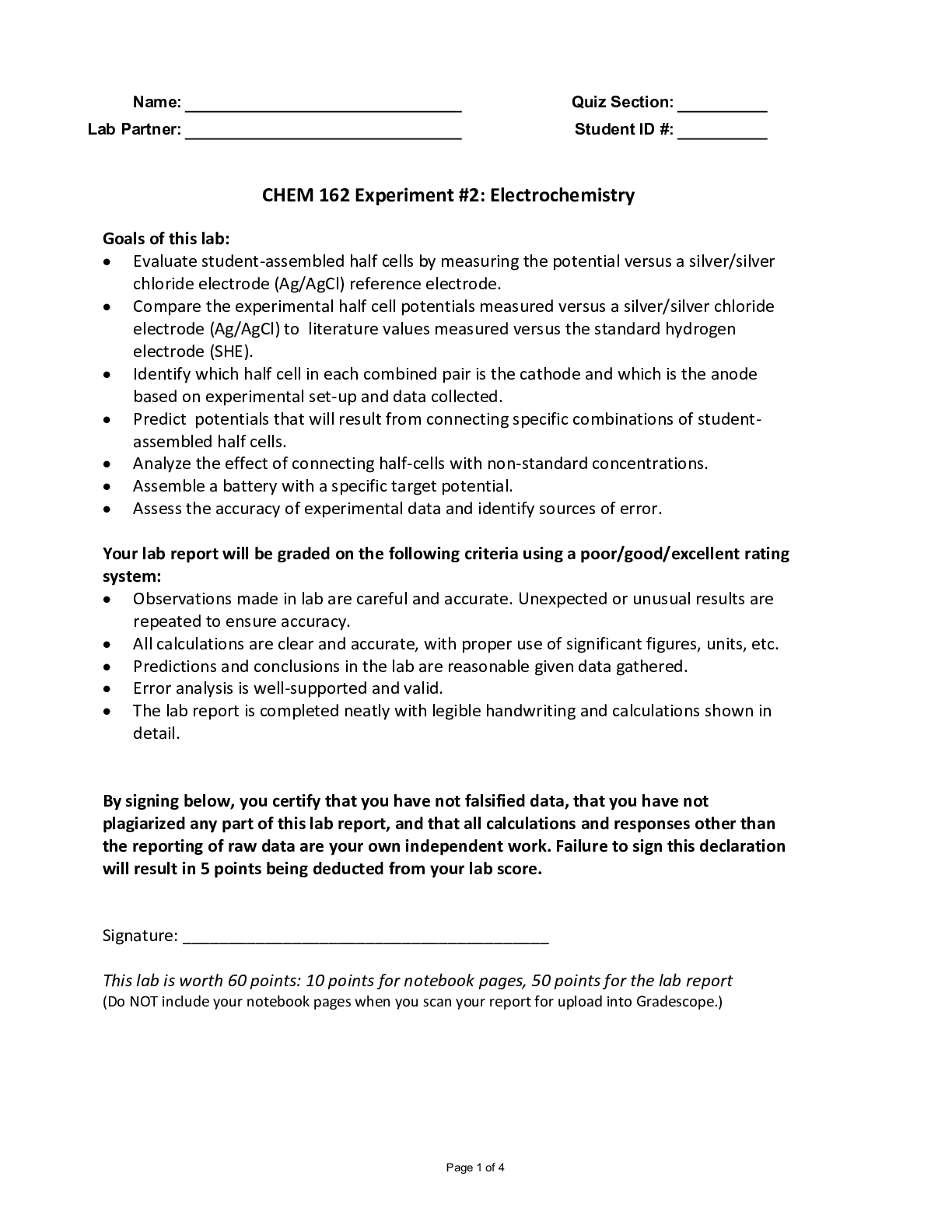
Reviews( 0 )
Document information
Connected school, study & course
About the document
Uploaded On
Apr 14, 2021
Number of pages
4
Written in
Additional information
This document has been written for:
Uploaded
Apr 14, 2021
Downloads
0
Views
278

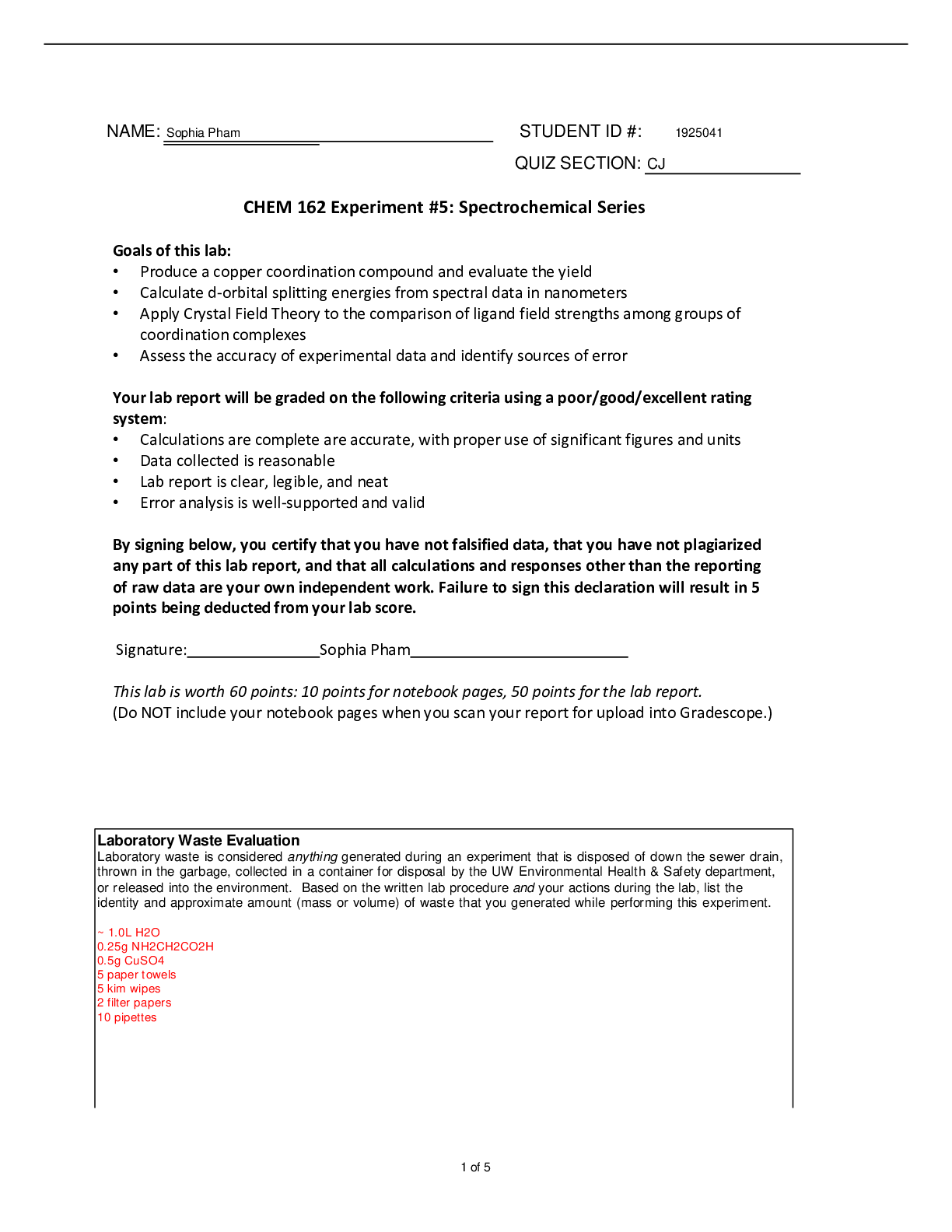
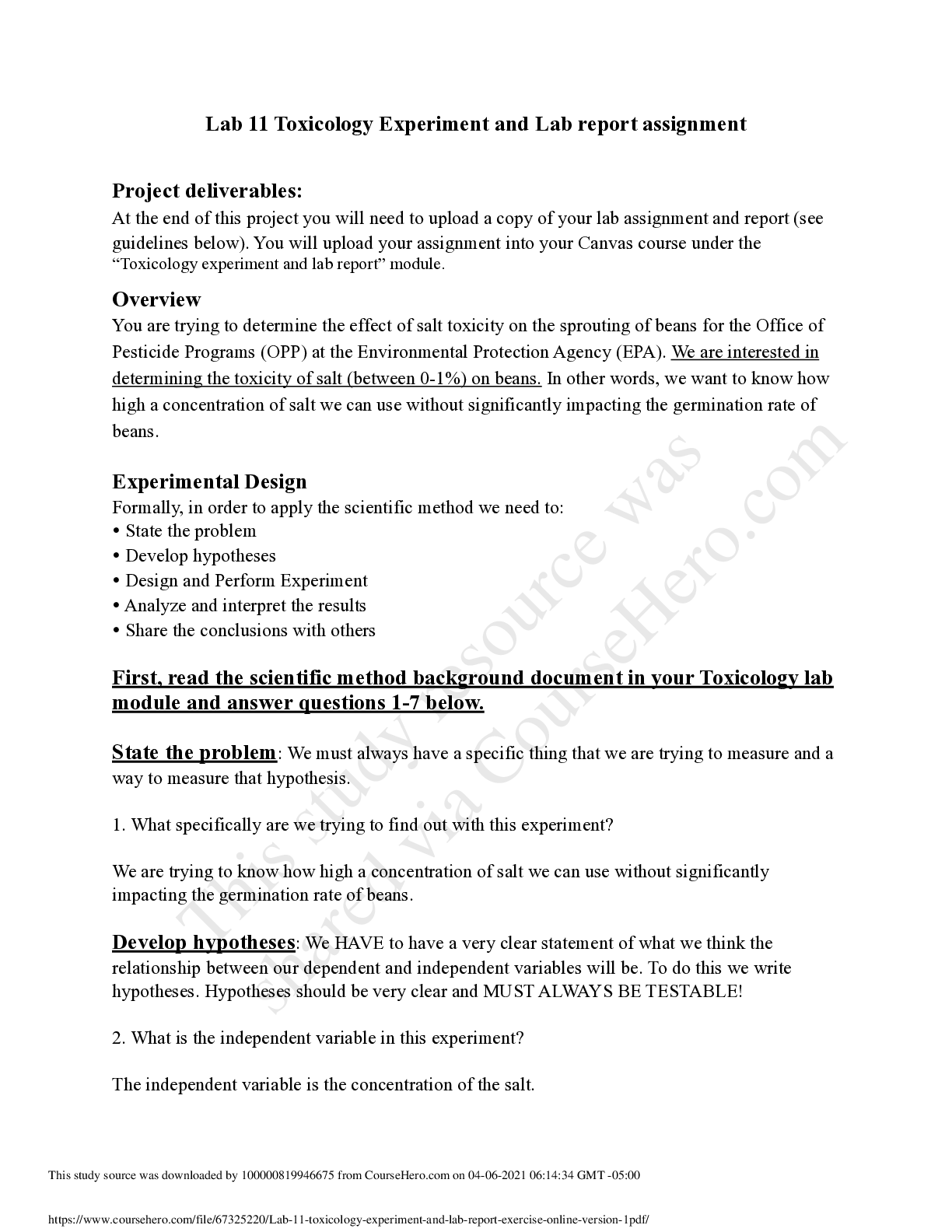

.png)

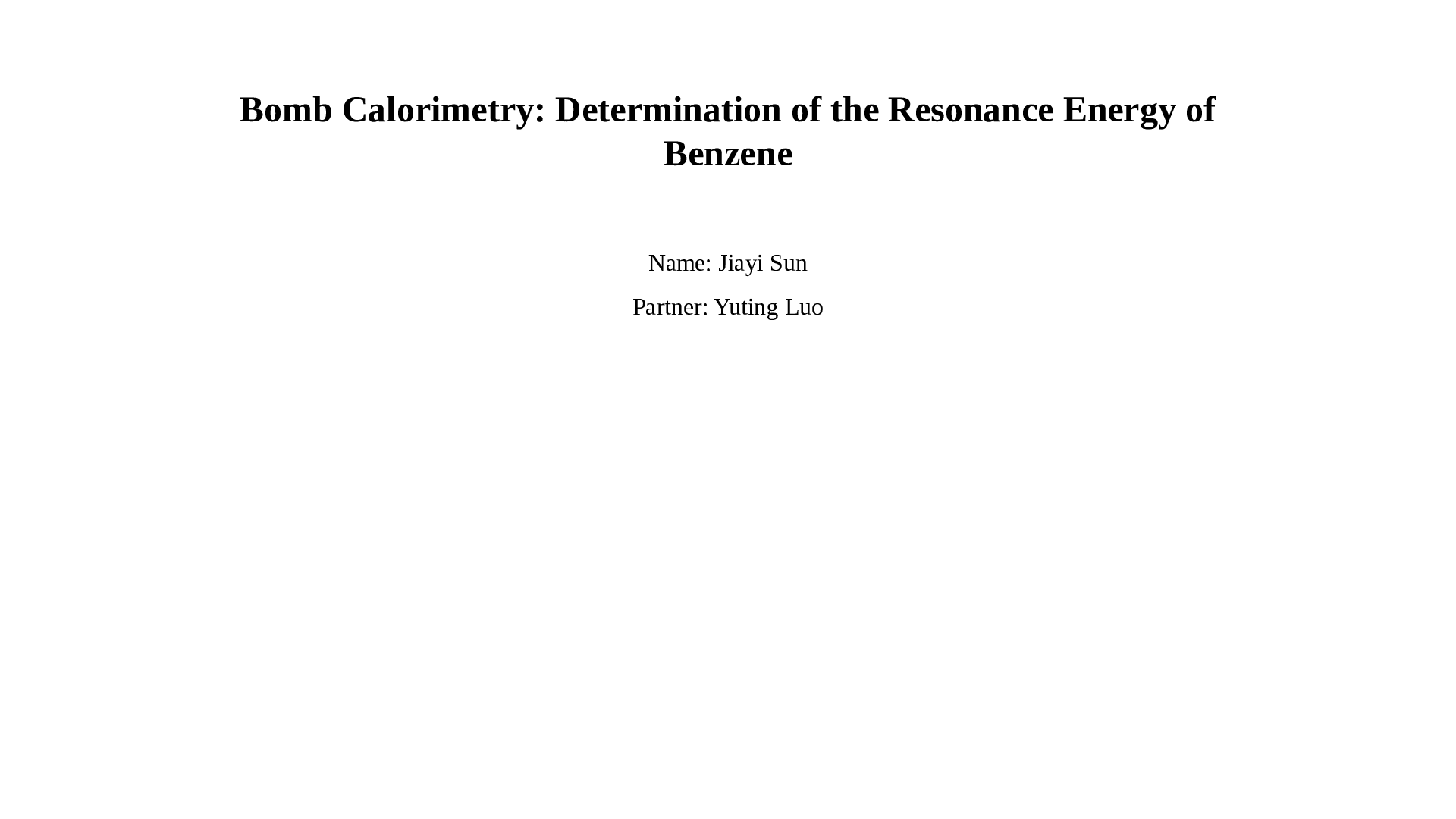



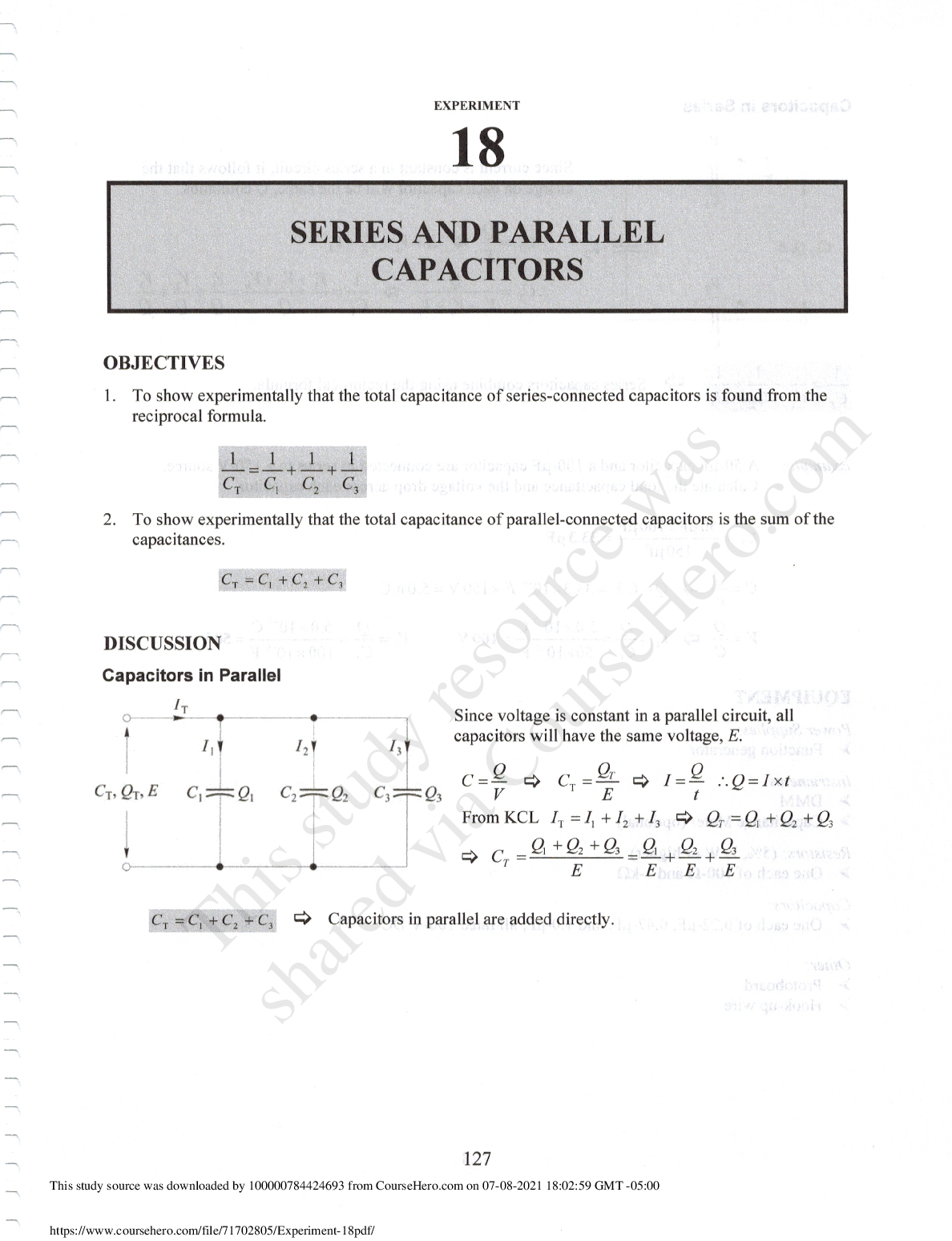


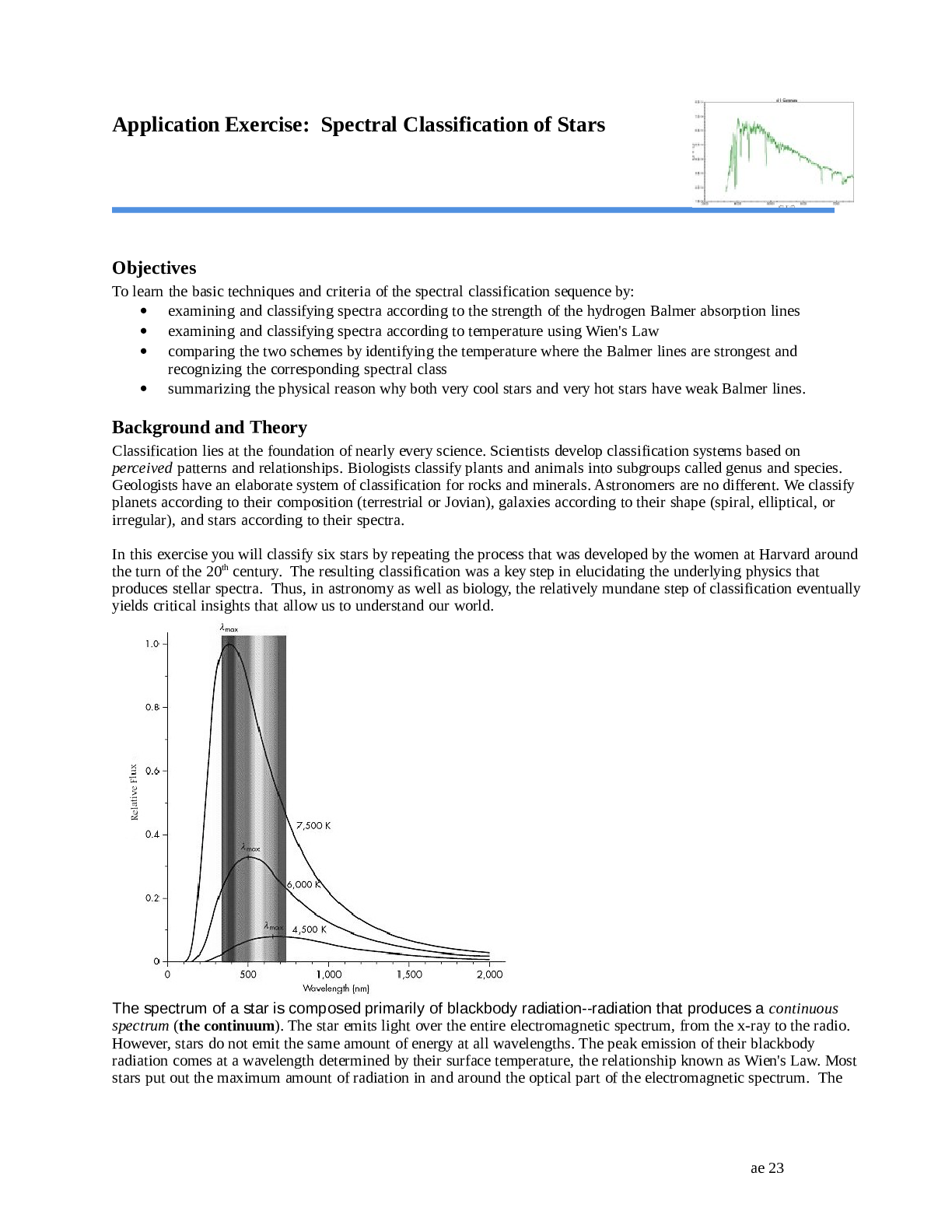
.png)
.png)
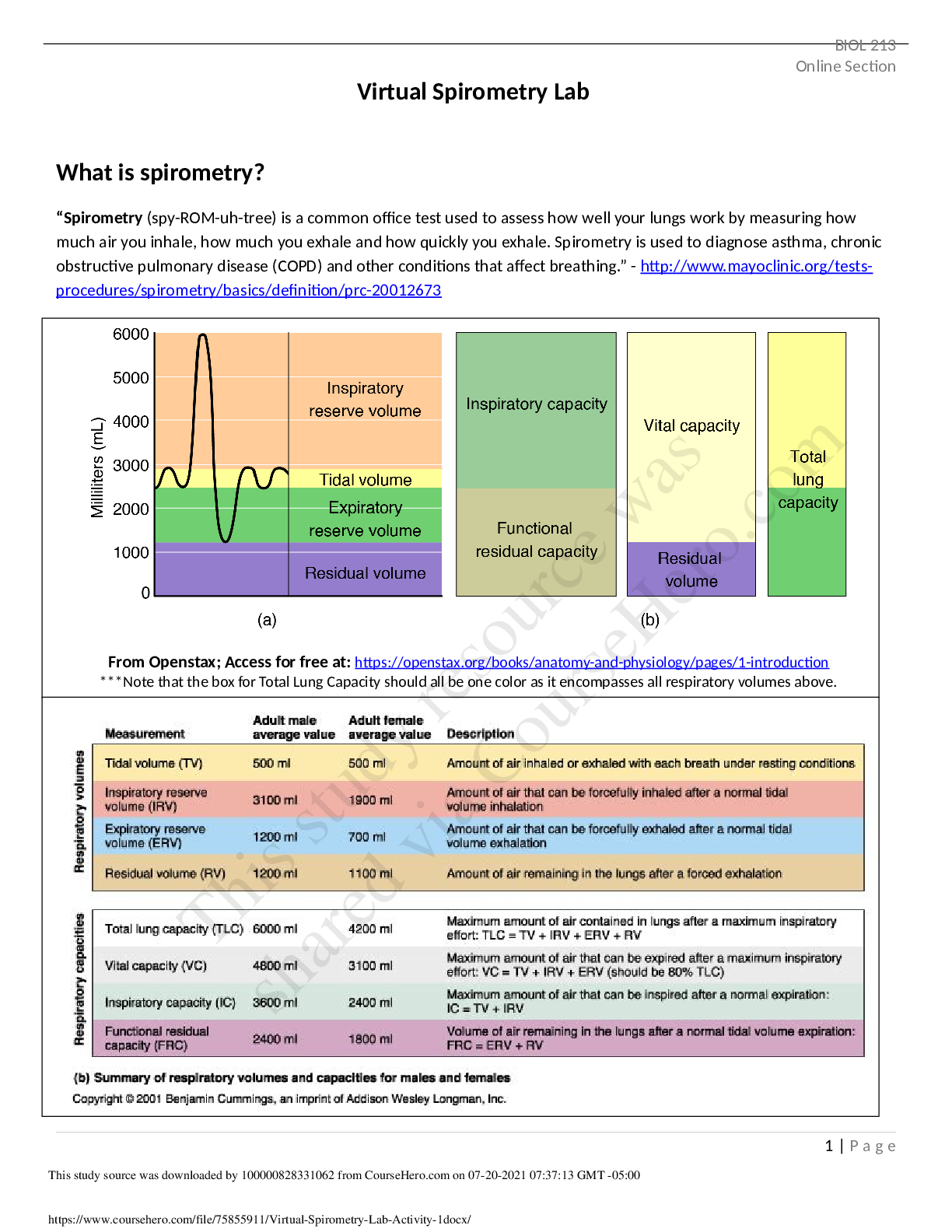

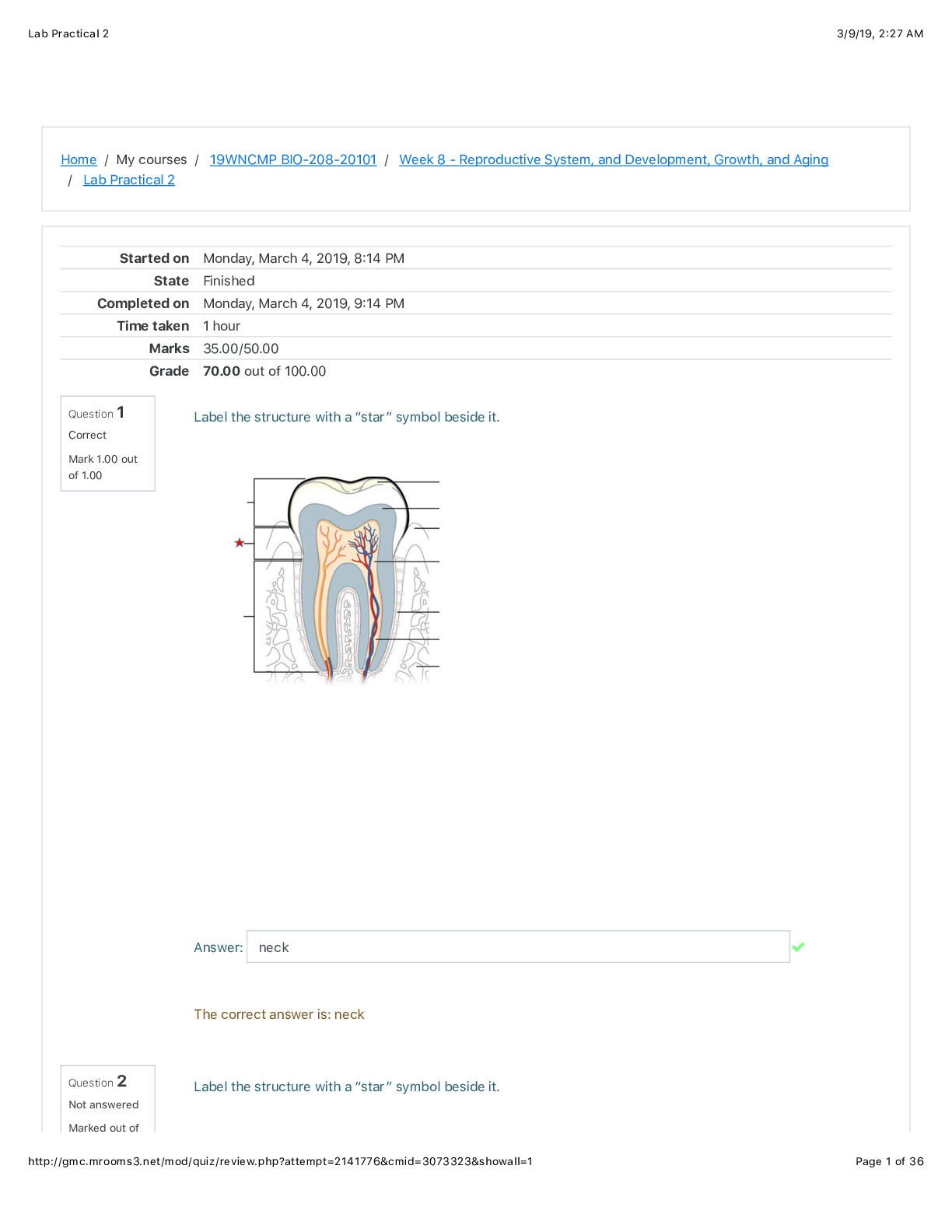



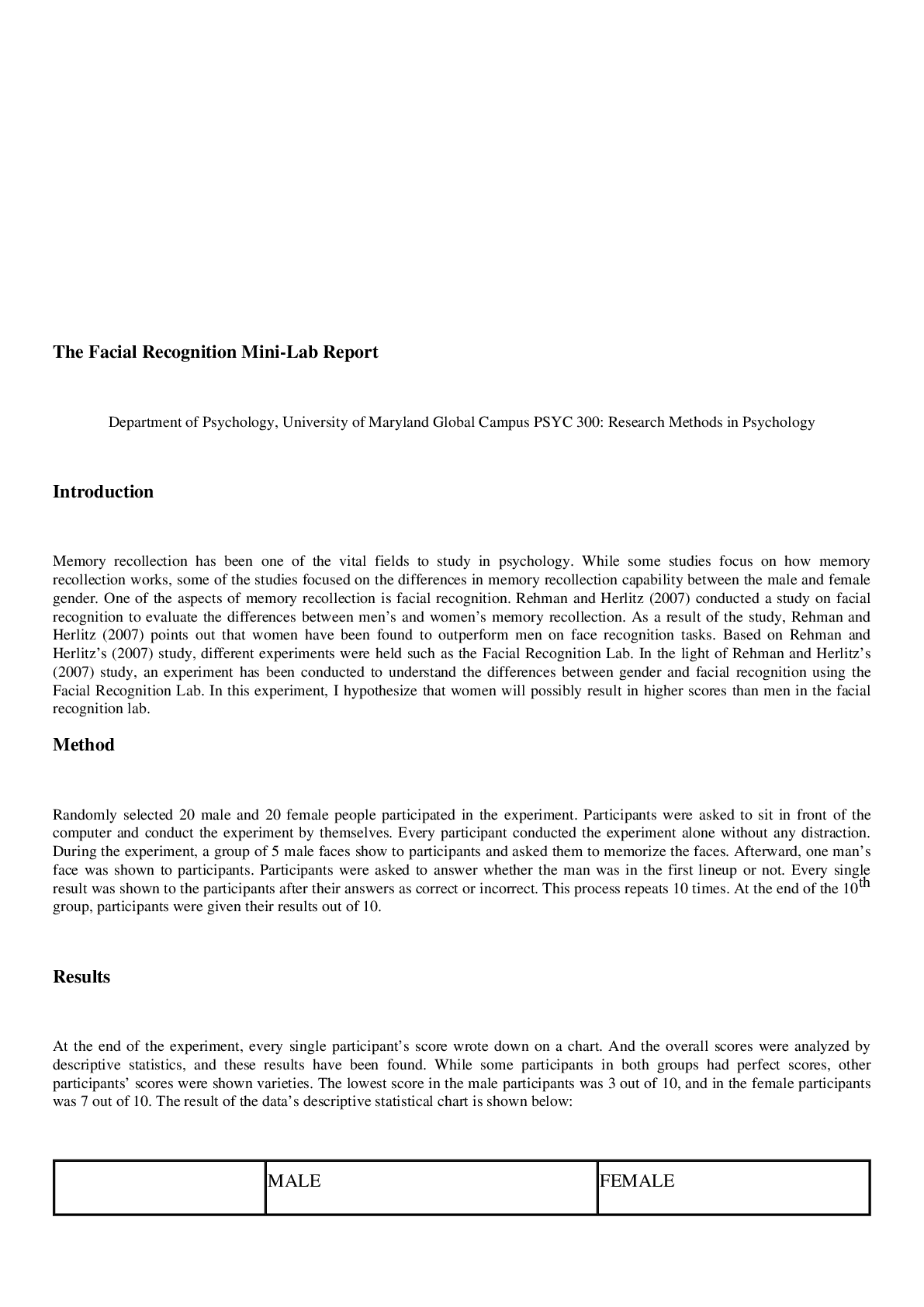
 (1).png)
